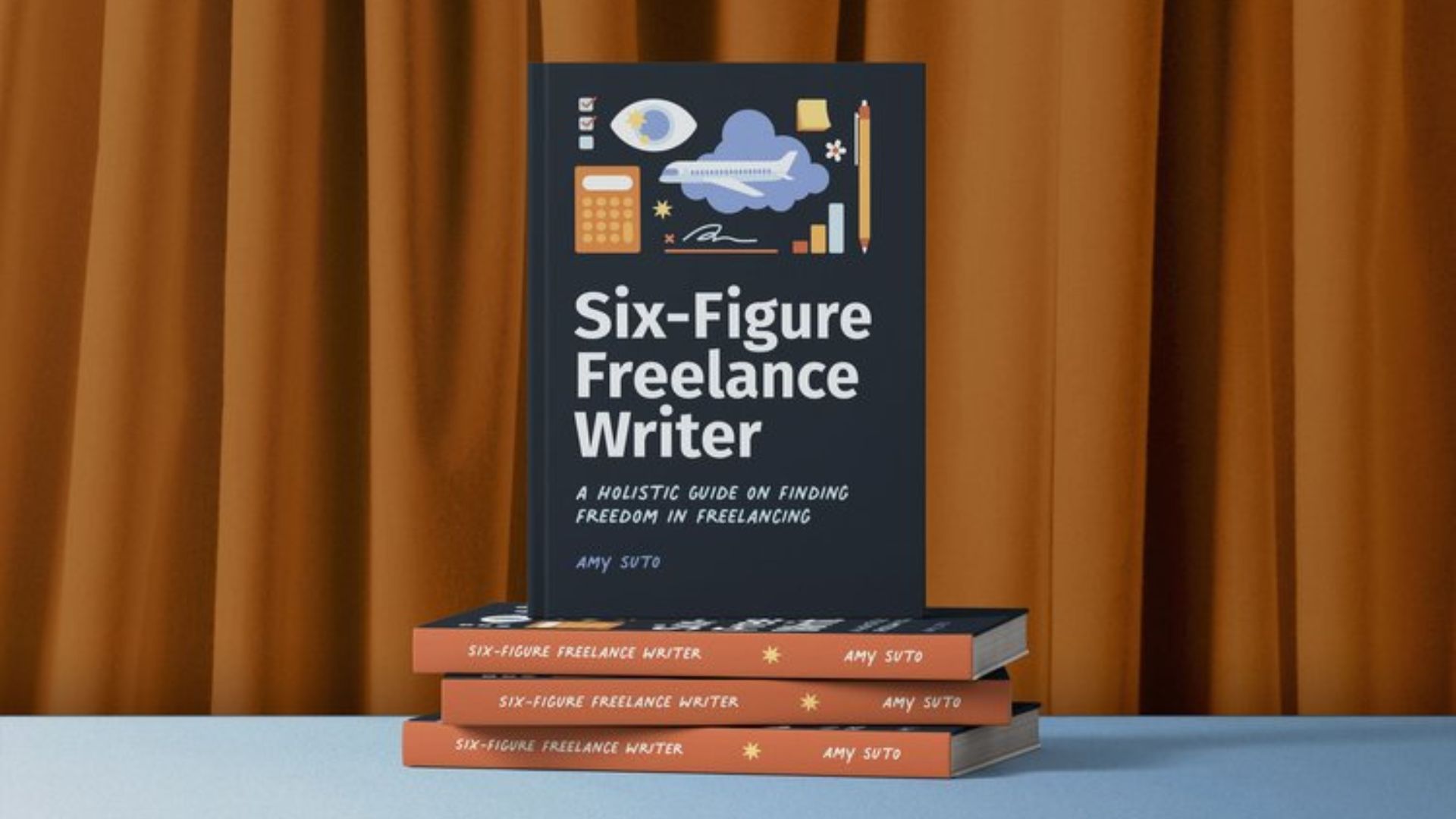Exploring different writing styles of authors is an exciting journey into the world of literature. Each author has a unique way of expressing ideas, creating characters, and constructing plots. Understanding these styles not only enriches the reading experience but also allows writers to improve their craft. In this article, we will dive into the distinct writing styles of well-known authors, examining how their voice and techniques make them stand out.

The Power of Descriptive Writing
One of the most prominent writing styles is descriptive writing. Authors who use this style often paint vivid pictures with their words. They focus on creating detailed settings, characters, and scenes that immerse the reader in the world of the story. A perfect example of descriptive writing is the work of J.R.R. Tolkien, especially in The Lord of the Rings. Tolkien’s meticulous attention to detail in describing Middle-earth, from the rolling hills of the Shire to the dark depths of Mordor, makes his world feel alive and tangible.
Descriptive writers often use sensory language to engage the reader’s senses—sight, sound, touch, taste, and smell. By focusing on small, often overlooked details, they create an atmosphere that enhances the mood of the story. This style of writing requires patience and precision but results in immersive, rich narratives that captivate readers.
Concise and Direct Writing Style
In contrast to descriptive writing, some authors are known for their concise and direct writing style. These writers get straight to the point without unnecessary embellishment. Their prose is clean, sharp, and focused, delivering only the essential information. Ernest Hemingway is perhaps the best example of this style. His minimalist writing approach, often referred to as the “Iceberg Theory,” relies on brevity and subtlety. Hemingway’s sentences are short and often stripped of excess words, which gives his writing a sense of clarity and power.
Hemingway’s style doesn’t rely on flowery descriptions but rather on the action and emotions conveyed through simple language. The beauty of his writing lies in what’s left unsaid—the gaps that readers must fill in with their own imagination. This approach works especially well in genres like crime fiction and modernist literature, where tension and brevity create a compelling narrative.
The Use of Symbolism and Metaphors
Another distinctive writing style is the use of symbolism and metaphors to deepen the meaning of a story. Authors who employ this style often layer their writing with symbolism that adds complexity to the plot and themes. F. Scott Fitzgerald’s The Great Gatsby is a prime example of a writer using symbols to explore broader social and personal themes. The green light at the end of Daisy’s dock symbolizes Gatsby’s unattainable dreams, while the eyes of Dr. T.J. Eckleburg represent the moral decay of society.
Symbolism and metaphor offer readers a way to interpret a story beyond the literal events. Authors use these literary devices to convey deeper meanings, often related to the human condition, societal issues, or philosophical ideas. This style requires careful thought and reflection, as the symbols and metaphors are meant to provoke analysis and interpretation.
Dialog-Driven Writing Style
Some authors prefer to let their characters speak for themselves. In a dialog-driven writing style, the characters’ interactions and conversations become the focus of the story. This style is often fast-paced, relying on sharp, natural dialogue to reveal character traits, advance the plot, and create tension. Writers like J.D. Salinger, particularly in The Catcher in the Rye, excel at capturing the authenticity of speech and using it to connect readers with the characters on a deeper level.
Dialog-driven writing often presents characters’ emotions and thoughts indirectly through what they say and how they say it. The rapid exchanges and shifts in tone provide insight into relationships and conflict. For writers who favor this style, crafting authentic dialogue is essential to capturing the voices of their characters and keeping the reader engaged.
Narrative Voice and Perspective
The narrative voice and perspective an author chooses can have a profound impact on the writing style. Some authors write in the first person, immersing readers in the mind of a single character, while others use third-person omniscient narration to provide a broader view of the world. Each perspective has its own strengths and influences the storytelling technique.
For example, Jane Austen often used third-person limited narration in her novels, allowing her to present the thoughts and feelings of her characters while still maintaining a degree of social commentary. On the other hand, Mark Twain’s use of first-person narration in The Adventures of Huckleberry Finn makes the protagonist’s voice central to the narrative, offering an intimate look at Huck’s experiences and worldview.
Conclusion
In conclusion, the different writing styles of authors are what make literature so rich and varied. From the descriptive world-building of Tolkien to the concise minimalism of Hemingway, each author brings their own unique voice to their work. Whether through symbolism, sharp dialogue, or narrative perspective, these writing techniques shape how a story is told and how readers engage with it. By exploring these styles, readers and writers alike can gain a deeper appreciation for the art of storytelling and perhaps find inspiration to develop their own writing style.









